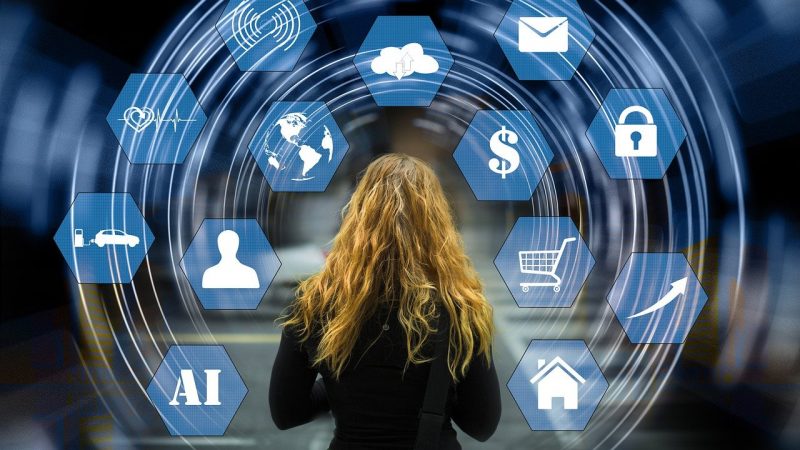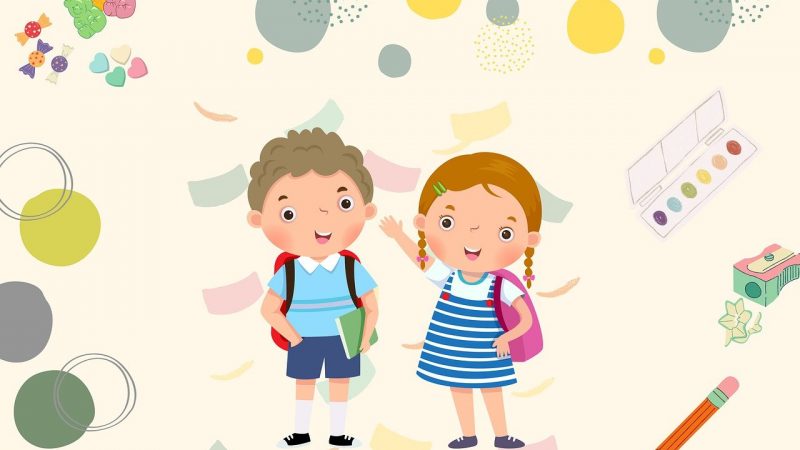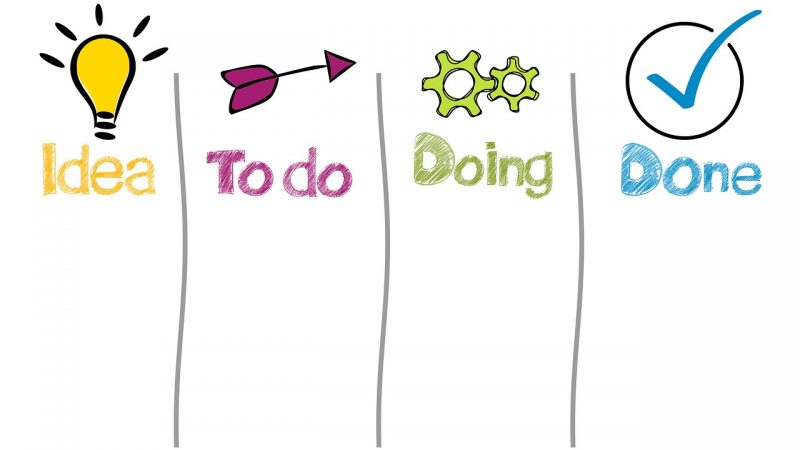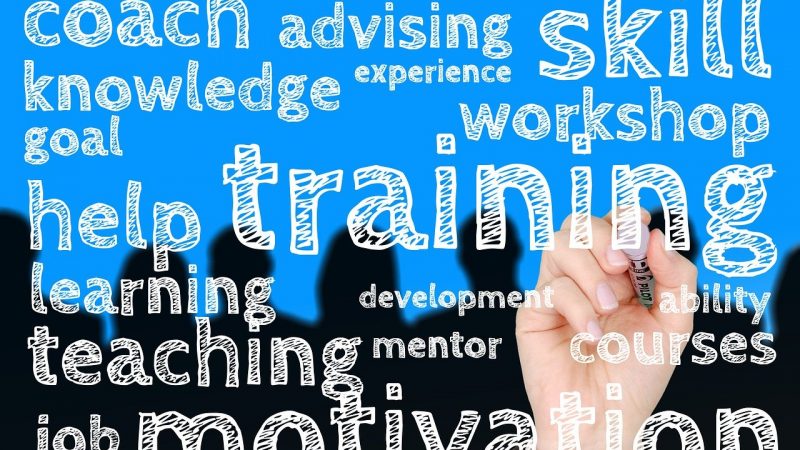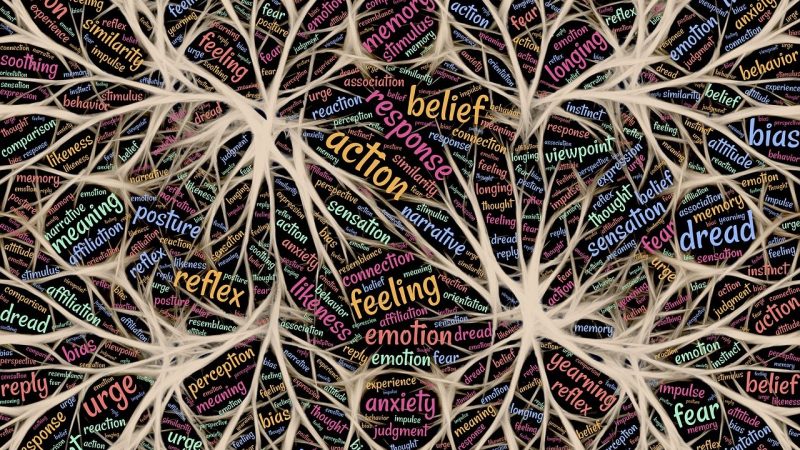As teachers, we all hope to spark those lightbulb moments that truly resonate with students. We want to create learning experiences so meaningful that students carry the lessons, skills, and passions with them long after the school year ends. Finding ways to inspire engagement and connection on a deeper level within our classrooms should be a top priority.
The learning experiences that stick with students beyond tests and grades are those that tap into emotions, promote self-discovery, and make knowledge relevant. These experiences are active and participatory, encouraging students to apply concepts in contexts they care about. They empower students to make learning their own.
As we shape instruction, we should reflect on these questions:
– How can I craft lessons that harness students’ innate curiosity instead of extinguishing it?
– How can I make content personally meaningful instead of abstract?
– How can I spark students’ own ideas instead of passively receiving mine?
– How can I enable students to make content their own instead of merely retaining it temporarily?
Here are approaches that can create truly memorable learning that resonates long-term:
Tap into curiosity – Structure discovery experiences with hands-on, open-ended challenges full of surprises and “aha” moments. Set the stage for inquiry.
Promote reflection – Have students pause to articulate how they feel, what they learned, how it connects to beliefs and experiences. Make metacognition part of the journey.
Facilitate discussions – Get students analyzing concepts, relating them to the world, and verbalizing evolving thoughts. Let them learn from peers.
Embrace creativity – Provide outlets like art, writing, drama for processing concepts individually through creative means. Allow personal expression.
Foster choices – Within lessons, offer options for how students engage with content. Provide topics of personal interest for assignments. Voice and choice are key.
Encourage connections – Use content that ties to students’ lives and communities. Relate concepts to current events and social contexts. Show real-world applications.
Inspire passion – Introduce content students feel strongly about like social issues, sports, tech, community needs. Channel conviction into learning.
Promote collaboration – Have students complete group projects, solve problems collectively, teach and mentor each other. Let them lead.
Make it active – Get students out of seats to actively investigate concepts through experiments, physical models, acting out scenarios. Hands-on beats worksheets.
Share stories – Stories captivate imaginations and emotions. Tell inspiring tales that spark curiosity about people, discoveries, history related to topics.
These approaches require relinquishing control, trusting students, sometimes veering off-script, and stepping outside comfort zones. But facilitating deep experiential learning is what transforms classrooms from mere instructional spaces into places where a spark is lit in students that motivates lifelong learning. That spark should be our hope as educators.



